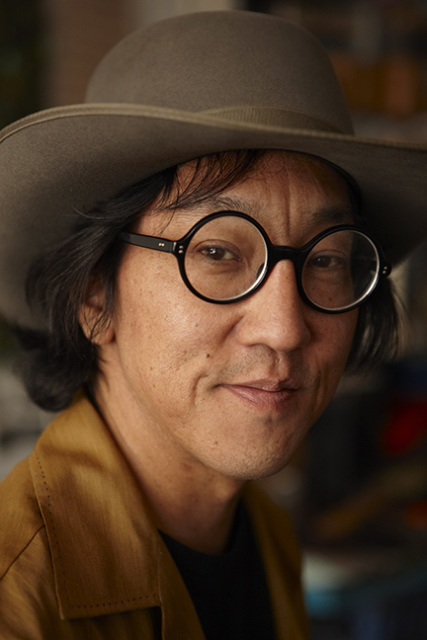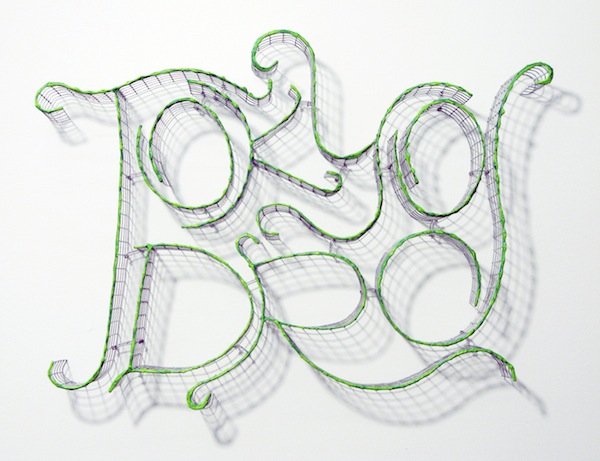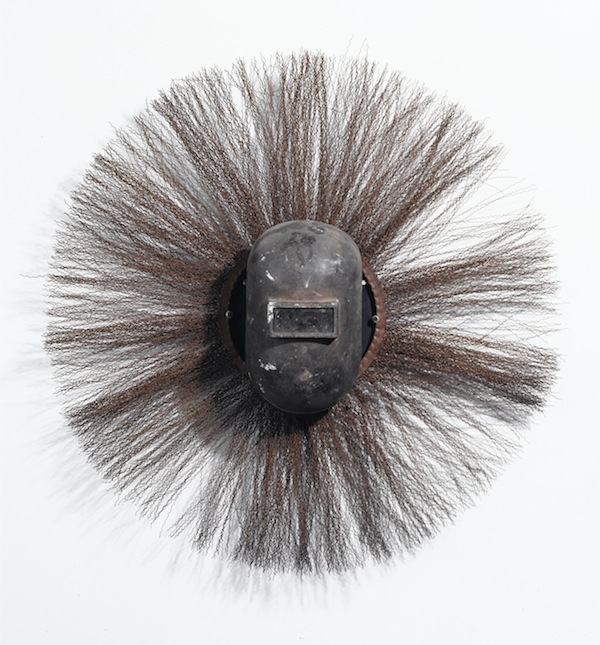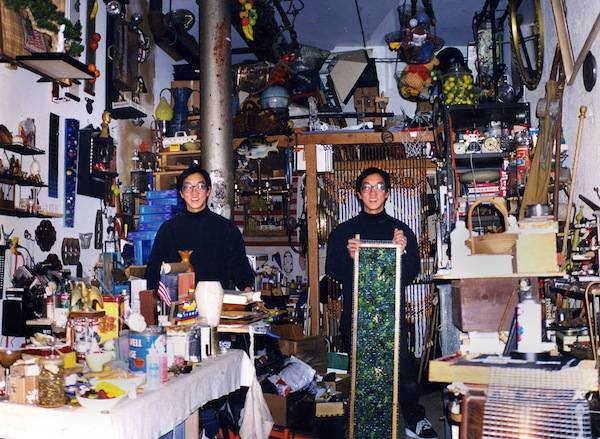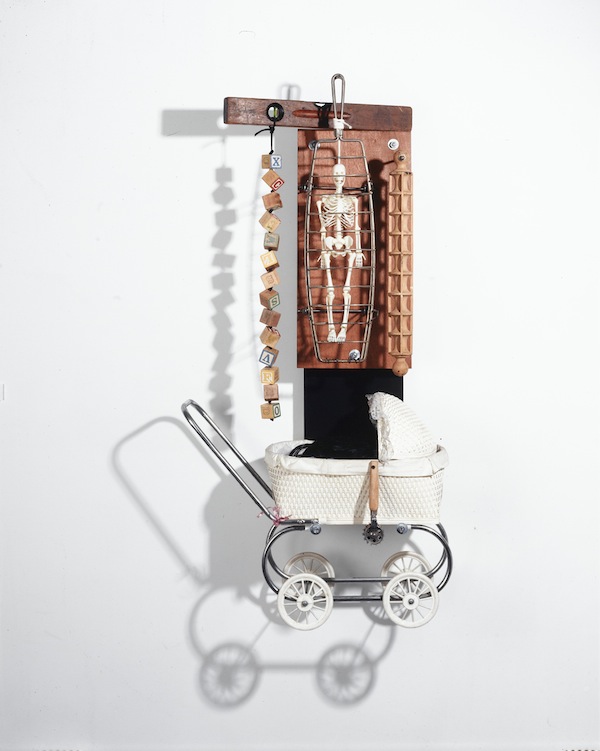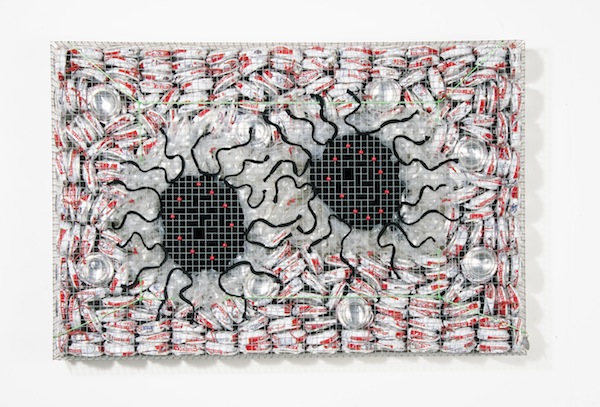Welcome to Ward's World: Inside the mind & art of WARD YOSHIMOTO
WARD YOSHIMOTO is an artist, photographer, and sculptor living in NYC for 30 years. In the late 70’s and early 80’s he attended El Camino College and CSU Dominguez Hills respectively studying art and design. In 1985 Ward received his BFA in photography from The Art Center College of Design, Pasadena, California and in 1999 he received his MFA in sculpture from Brooklyn College, Brooklyn. His work has been exhibited both nationally and internationally and he is currently showing at the Rhombus Space in Red Hook Brooklyn. He is also preparing for an exhibition at “Rock Street” during the Bushwick Open Studios this June. His studio is currently located in Red Hook at the TI Artist Space in Brooklyn. www.wardyoshimoto.com
Interview by Will Kitson
Tell us about your childhood. Did you grow up in a creative household?
Growing up in Los Angeles in the 60’s and 70’s had a powerful effect on my life. The Watts riots, Vietnam, the Beatles, Dylan and the Beach Boys, aerospace and science, the LA punk scene and popular culture in Los Angeles all seemed to surround me. Judo, wrestling, surfing, and golf were some of my childhood experiences and activities. We hunted birds, fished fresh and salt water and picked many other delicacies from the sea and the land. They led to many crazy and intense life experiences physically, mentally and family oriented. Breaking my femur doing Judo, and 85+ stiches from my surfboard in the 70’s all affected my perspective dramatically. My family is from Hawaii, originally from Japan in the 1890’s and many of my relatives still live there today. World War 2 definitely played a big part in the culture of my family’s reality. It affected all my relatives in many different and sometimes racially charged ways. Being Asian during the 60’s wasn’t the easiest thing.
My dad did and does Bonsai, raises Orchids, also had a small fishpond and raised Koi in our garage. My mom did cake decorating and sewed professionally for Hollywood when she moved to Los Angeles; she was a great Japanese cook too. My uncles in Hawaii and Los Angeles were builders, several of my cousins were visual artists, hair cutters, and many were teachers, all of which I consider creative endeavors. My family has way too many stories to list and mention.
We moved to North Torrance when I was 4 years old in 1964 before the first LA riots. It’s as far north as you can go till you are in South LA. When I was around 8 I started to take Sumi-I at the Gardena Buddhist church where I went to Japanese School and religious services; and finally a few years later I ended by doing Japanese styled silk paintings. I bought my first camera in 1976, and received my BFA in photography many years later. When I moved east I began a career as a professional photographer in NY.
I grew with my Japanese heritage and American Culture, (JA/Japanese American), Hawaiian, and as a suburban kid from the South Bay in Los Angeles. I took all that in and here I am years later wondering why, where and when.
Is there a particular aspect from each culture that has been an important influence on your creative work.
Well that’s the issue, being American isn’t a race it’s a culture of thinking and is constantly in motion and flux. Both my parents are of Japanese heritage; I absorbed a visual language, inherited and developed over hundreds of years. The Japanese have evolved artistically, structurally and culturally, as have the Japanese Americans. Also, the Japanese Americans from Hawaii have their own culture that is very different from other JA’s living on the mainland. What I have tried to do is meld my culture, construction motifs, and inherited visual design sense. With these influences I’ve tried to develop a personal artistic vision, an observation of the “American Dream” and its perceived loss or disappointments. I use objects from American suburbia to tell my stories, often many of which come from my personal childhood. From kitschy items to household objects that speak to me. I often use Japanese motifs, especially the vertical screen which incorporates the landscape. Within my newer wirework, I’m trying to invoke the quality of Japanese craftsmanship, brushwork, and the inherent fluidity of the Japanese writing style and drawing in general.
Tell us about the influence that Dada and Surrealism has had on your work. Do you, for instance, invoke dreams and the subconscious in your creative process?
Within my artistic experiences I have always been attracted to the work of the Surrealists and Dadaists and their ideas, theories, odd visuals and processes. Duchamp and Joseph Cornell’s use of the found object have informed my artistic stylizations and ideas for many years. The importance and depth that they were able to achieve from disparate combinations of those objects while also being able to tell an abstract underlying story is amazing. Also Cornell’s personal dialogue with his suburban Queens NY neighborhood, his deep relationship to his religious background, and his eccentric lifestyle always intrigued me. The West Coast assemblage artists from the 50’s and 60’s from early college days in California have also inspired me.
Saying that, there are many times I go to sleep dreaming of sculptures I’m working on and I am then able to make odd subconscious connections, creative visual discoveries and new personally surprising design and construction ideas. I always feel there is a force larger than me directing me to make what I make. I’ve always thought that the subconscious spirit and force is a very powerful tool. So to let it flow, be aware of it and recognize when it’s speaking to you is a difficult task and trick. In my art practice I have tried to open up and allow myself to tie into that power and harness it to my advantage.
You’ve said that your works are equal parts ‘iconoclastic brio and meditative, almost obsessive rigor.’ Tell us about this. Does it refer to your process?
I always try and question the obvious, overturn the accepted norm, create contradictions, and make work that is fresh and personal. I’m always trying to keep myself interested in the new; whether it’s within my Beer Can series or the way I construct my work, my process stands alone. By bending thousands of hardware cloth wire connections, I try to take an almost Zen-like meditative approach to the internal structure and construction of my sculptures. I’m always trying to be intuitive within my work. The handmade quality of its construction adds a personal dimension to my visual language. I am eccentric in my collections and obsessive in my building process.
Describe to us a place where you feel most creative.
Of course being in my studio among the objects and materials I have collected over my lifetime has a powerful effect on my ideas and the continuation of my artistic vision. I have always embraced the randomness of visual discovery, whether it’s going to tag sales, the Goodwill or Salvation Army to find my objects, or to my studio. Within my art process I have realized the power of random observations, to recognize thematic ideas of current events, and be connected to divine providence. I am always trying to be aware of my process while also trying to be open to finding new internal and personal ideas wherever I am.
If the world inside of you had to be described in one word what would it be?
I feel my soul is imbedded in my studio. When people come to visit I think they get that feeling too.
Ward’s (world)
Published: April 16th, 2015


